This paper provides a theoretical alternative to the prevailing perception of machine learning as synonymous with...


This paper provides a theoretical alternative to the prevailing perception of machine learning as synonymous with...

This paper proposes a model of researcher-AI interaction and argues that ethnographers can smartly leverage AI in...
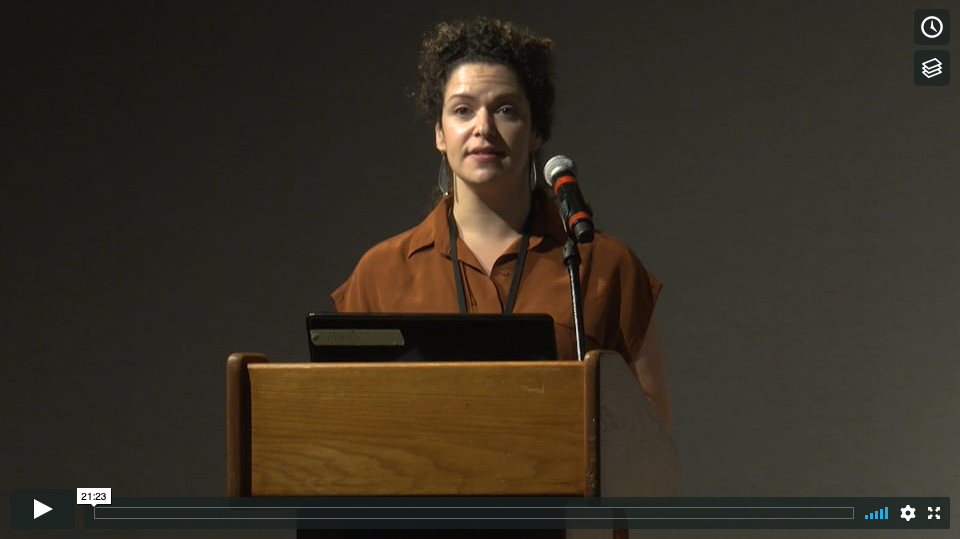
The wide-spread deployment of machine learning tools within healthcare is on the horizon. However, the hype around “AI” tends to divert attention toward the spectacular, and away from the more mundane and ground-level aspects of new technologies that shape technological adoption and integration....

A design executive who has led several multidisciplinary teams and organizations at global companies such as...
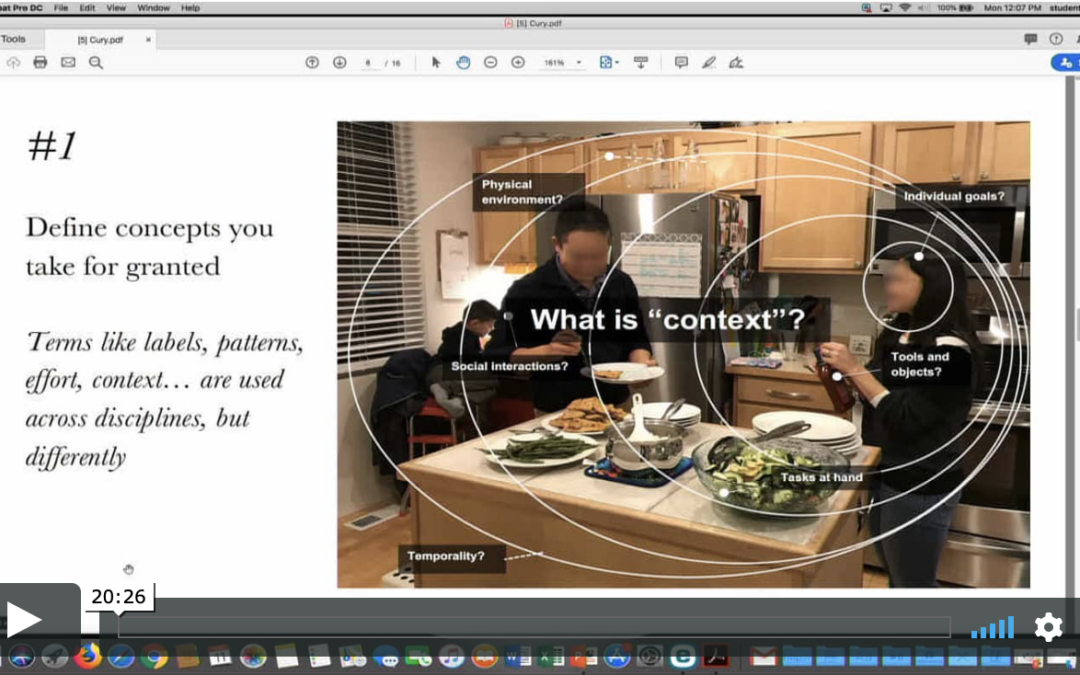
The not-too-distant future may bring more ubiquitous personal computing technologies seamlessly integrated into people's lives, with the potential to augment reality and support human cognition. For such technology to be truly assistive to people, it must be context-aware. Human experience of...
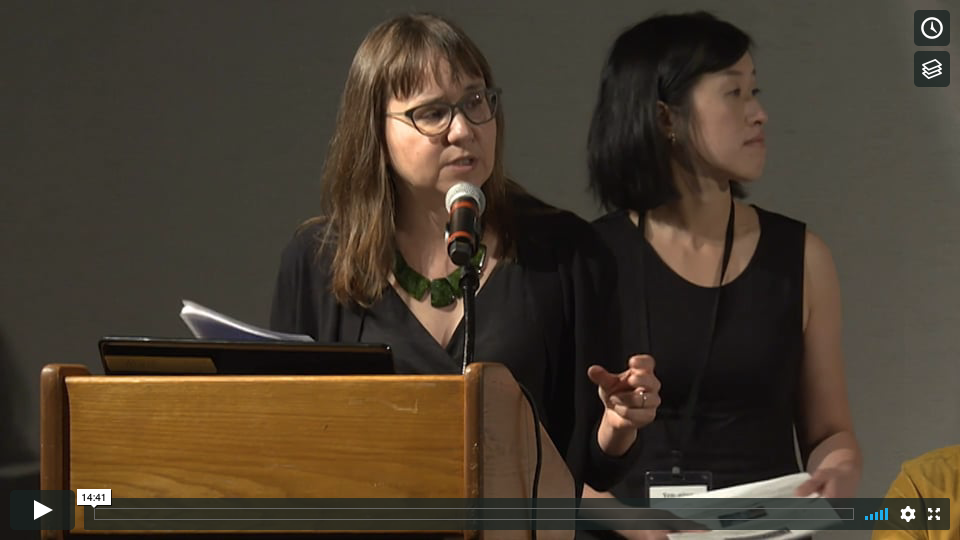
Case Study—We consider new expectations for ethnographic observation and sensemaking in the next 20-25 years, as technology industry ethnographers' work unfolds in the increasing presence of the type of analytical capabilities specially trained (and self-training) machines can do ‘better’ and...
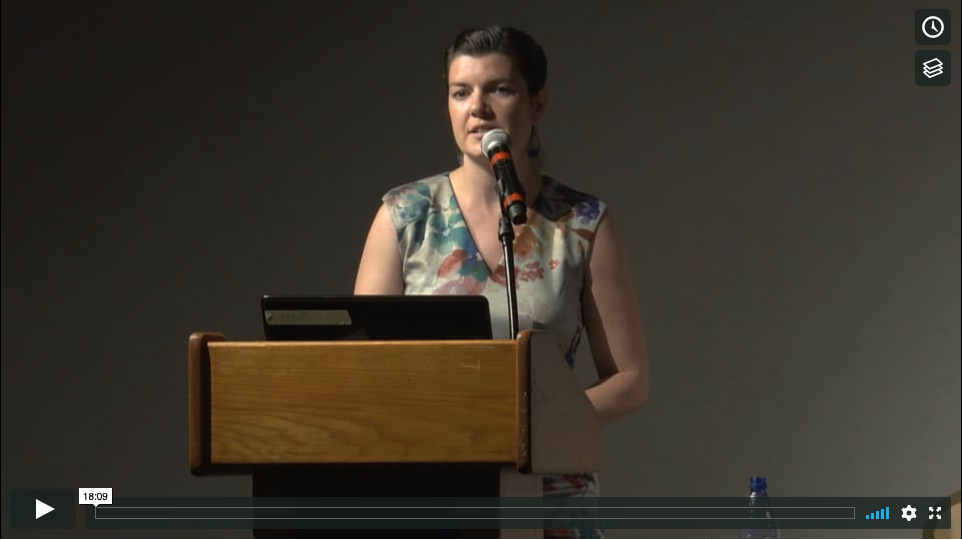
Those who work in research know that we live in a world that is strongly influenced by what Tricia Wang has called the quantification bias. More so than other forms of information, numbers have incredible formative power. In our culture, numbers are seen as trustworthy representations of reality...
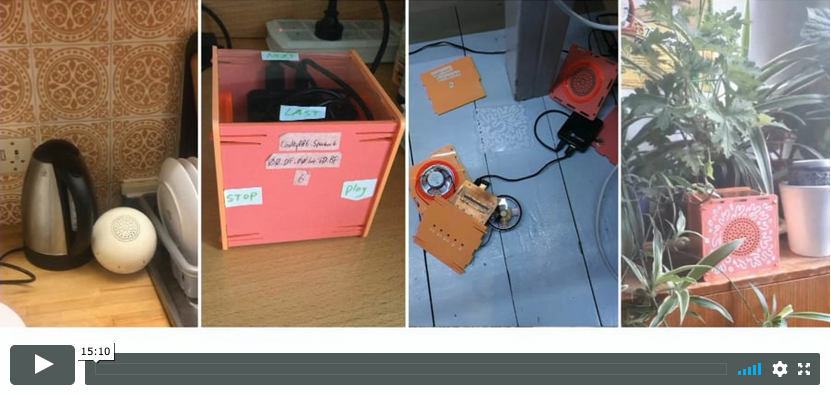
A key challenge in carrying out product design research is obtaining rich contextual information about use in the wild. We present a method that algorithmically mediates between participants, researchers, and objects in order to enable real-time collaborative sensemaking. It facilitates contextual...
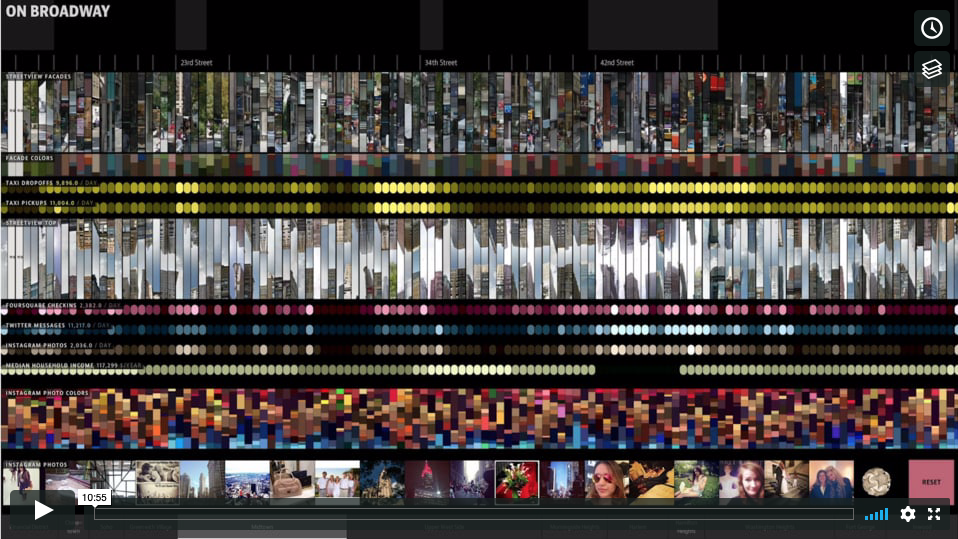
The successes of technology companies that rely on data to drive their business hints at the potential of data science and machine learning (DS/ML) to reshape the corporate world. However, despite the headway made by a few notable titans (e.g., Google, Amazon, Apple) and upstarts, the advances...

What does a data expert see when they look at a design problem? This panel immerses us in the practices of two data experts, both of whom have collaborated with ethnographers, as they navigate through design challenges in different ways. Chair Jeanette Blomberg draws the panelists and audience...